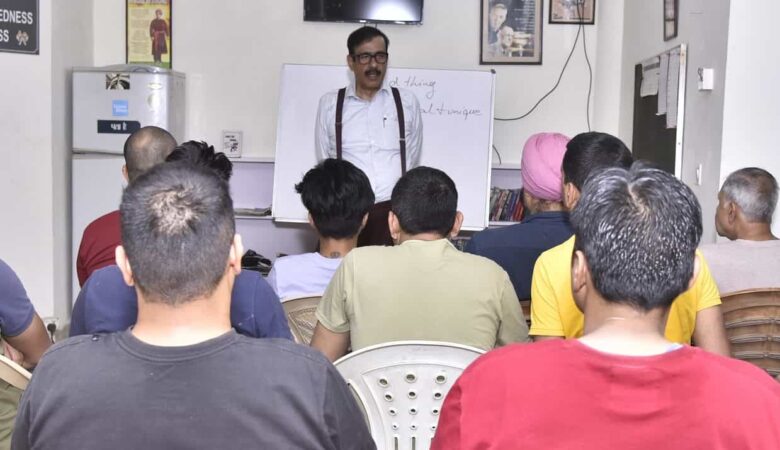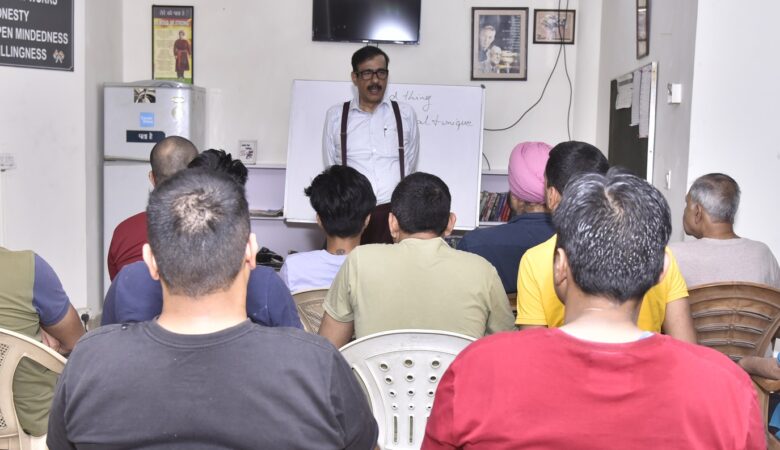Alcohol and Drug Addiction in India – A Rising Problem
With increasing affluence and recreational time available with the population of India the Alcohol Consumption and the Drug Problem has spiraled out of control. Let us first talk about Alcohol. Alcohol is the most readily available legal substance with abuse potential in the world. Even when it is banned, as has been done in Gujarat for a long time and recently in Bihar , the availability has not been affected. Recently many people died in Bihar due to drinking spurious liquor. The number of alcoholics in Gujarat is no less than any state where it is legal. Recently, in Delhi people are getting one bottle free with the purchase of one bottle. The main problem with Alcohol is that it has got social acceptability. In Delhi, the government is responsible for running liquor vends. It contributes to the national exchequer in a big way as it is taxed very heavily. During the lock-down liquor shops were the first to be opened, even when schools and colleges remained online. The abuse potential of Alcohol is enormous. If 100 people drink Alcohol, on average 12 of them will be Alcoholics. Weather you are an Alcoholic or not has nothing to do with how much you drink or how often you drink. Basically, an Alcoholic is a person who is not able to guarantee how much he or she is going to drink or what he or she is going to do after drinking Alcohol. An Alcoholic is not able to control and enjoy at the same time. There was a time when women would hide their drinking Alcohol by mixing it with cold drinks etc due to the social stigma but today girls are drinking openly. If you go to any pub in the country, you are likely to see as many girls as boys consuming Alcohol openly. Even though the government earns a lot of revenue from the sale of Alcohol, it does precious little to treat Alcoholics or even educate people about the dangers of drinking Alcohol. Even Gandhi seems to have been forgotten as far as prohibition goes; not that prohibition is any solution to the problem of Alcoholism in society. As far as Drugs are concerned the trend these days is for youngsters to abuse substances which are not physiologically addictive. Not that substances which have physiological addiction are being abused any less. Smack and heroin are still common choices in youngsters but the use of party drugs has increased disproportionately, especially Cannabis. With Cannabis becoming legal in many countries for not only medicinal use but also recreational use too. After Alcohol, Cannabis is the next substance which is abused and sold legally in many settings. Uppers like Cocaine and Ecstasy and Amphetamines and Crystal Meth are also becoming more and more common in India.









